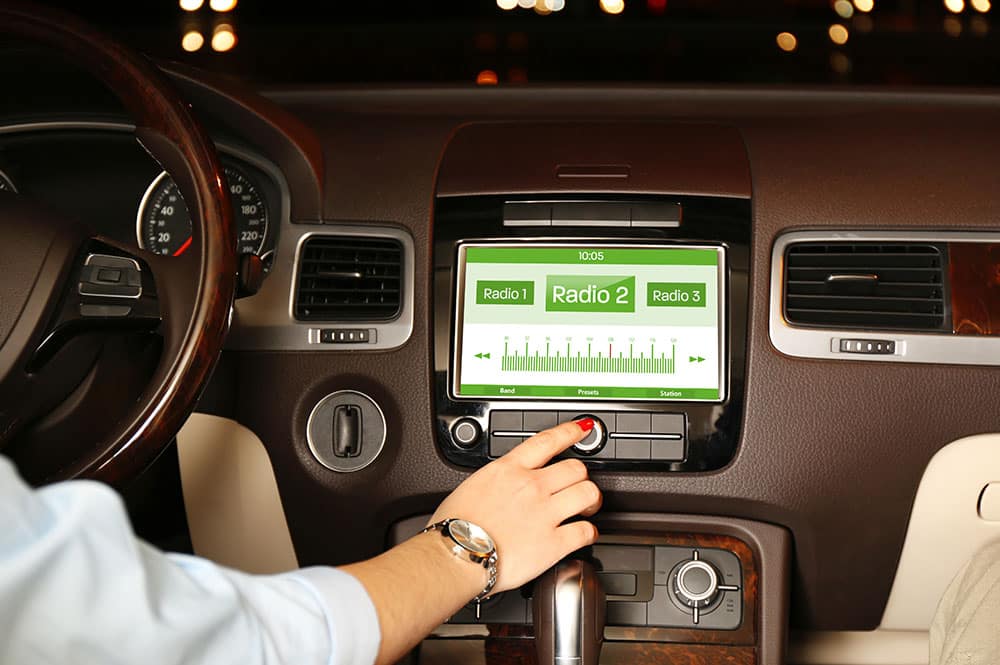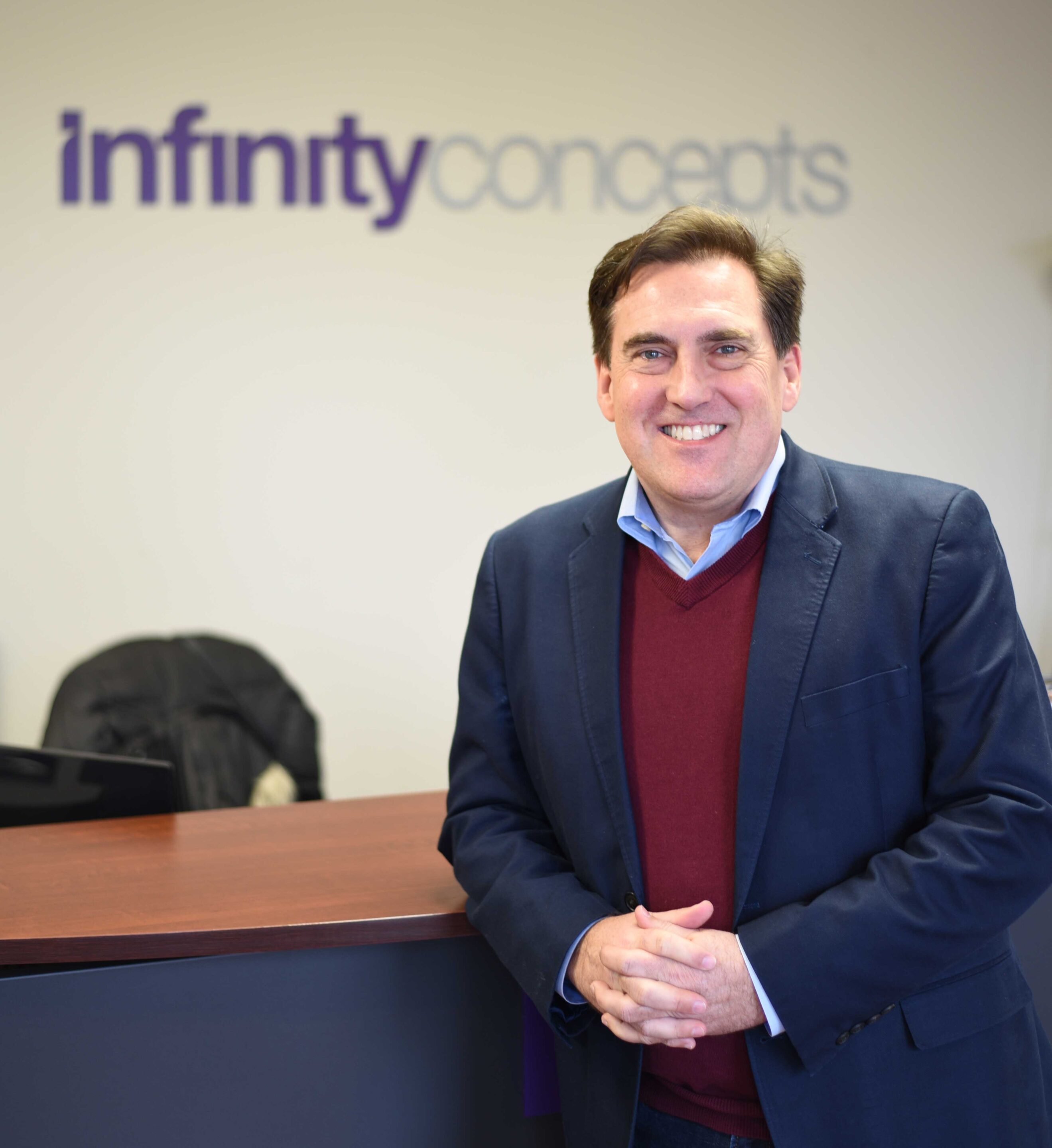Radio seems to have an amazing resiliency. With the advent of television, media pundits were declaring the end of radio. It didn’t happen. With the growth of digital, radio once again, along with other “legacy” media, was written off. But radio continues to survive and, in fact, thrive. And the future of radio looks brighter than ever.
It’s been said that audio is the oldest form of communication. Studies have shown that our brains process audio information 22 times faster than visual information. Audio triggers emotions, stirs memories, paints pictures, and motivates people into action. Listeners feel a connection to radio hosts and trust them more than in any other medium.
Perhaps that’s why 91% of Americans 18 years of age or older listen to broadcast radio each week, according to Nielsen. And during the height of the pandemic, radio maintained 96% of its weekly reach.
Obviously, listening habits were changing. Before the pandemic, roughly one-third (32%) of all audio in the U.S. was consumed in the car. In Q2 of 2020, that number plummeted to 20%, but by Q3, it was back to 28%. People didn’t stop listening, they just chose new places to listen. During that same period, in-home listening increased 43% to account for 70% of all listening.
And the options for listening have also grown. While broadcast radio still tops the list, “e-listening” has begun to surge. More than 75% of American internet users age 13 and up listen to music via streaming. According to Nielsen, 63% of survey respondents pay for at least one audio-streaming subscription, and 53% pay for two.
Streaming services like Spotify, which boasts the highest numbers, has 130 million paid subscribers, with another 257 million listening to the app’s free, ad-supported version. Pandora had nearly 61 million users, with only around 6.2 million paid subscribers.
But it’s not just streaming. Many radio personalities and programs have now created their own podcast, which are becoming more and more popular, with now more than half of Americans listening to a podcast.
And now, with the ability to have “connected” cars, radio and radio advertising are moving to a new level. With connected cars, advertisers can determine what spots were listened to, then use GPS tracking to determine if the listener followed through by going to the store that was advertised. Studies show that after having been exposed to audio advertising on a journey to a store, respondents were 11% more likely to notice the advertised brand on the shelf and were 30% more likely to buy them. And that kind of data is now becoming much easier to obtain.
Finally, new technology is coming to car audio: hybrid radio. Hybrid radio enables uninterrupted listening by switching between a station’s over-the-air signal and its online stream when the vehicle moves in and out of the station’s signal contour. iHeartMedia is rolling out hybrid radio compatibility with more than 600 of its stations in North America as part of an initial integration phase. And Audi of America has introduced the technology on select vehicles arriving in dealerships just this past September.
What all this tells me is that radio is ubiquitous, and it is changing, adapting to the new environment and new technologies to stay as one of the most prominent players in the media world.
Let Infinity Concepts help you navigate the world of media advertising and choose the media that are best for you.
CLICK HERE or call us today at 724-733-1200.
- The Resilience of Radio - November 21, 2023
- The Next Generation of Podcast Listeners - August 25, 2023
- Gen Z and Media Consumption - June 23, 2023

